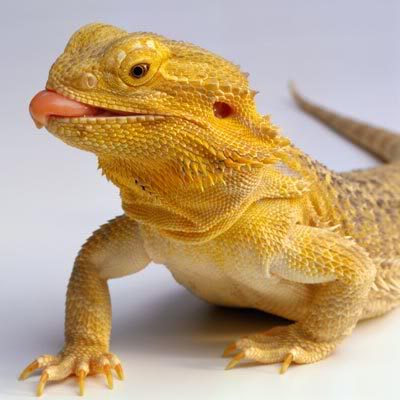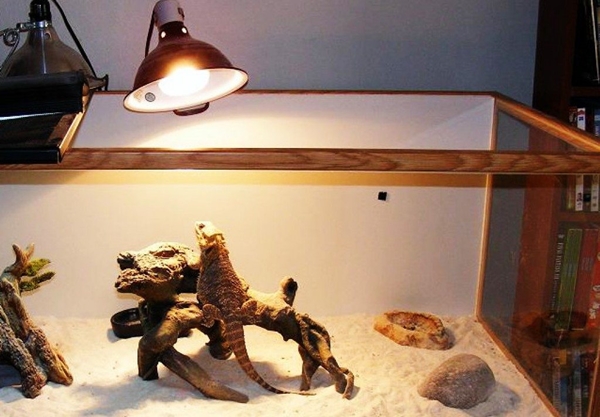Ultimate Guide to Creating a Vivarium for Your Bearded Dragon
Introduction
Are you planning to bring home a bearded dragon? If yes, then creating a vivarium, which is similar to their natural habitat, is essential. A vivarium is a perfect enclosure that will keep your bearded dragon healthy, happy, and comfortable. It is important to understand that bearded dragons are not just any ordinary reptile pets. They have specific requirements for their living environment, and creating a vivarium is the first step towards fulfilling those needs.
What is a Vivarium?
A vivarium is a specially designed enclosure for keeping reptiles, amphibians or plants. The word vivarium comes from the Latin word “vivere”, which means to live. A vivarium mimics the natural habitat of the creature or plant it is designed for. Creating a vivarium for your bearded dragon means replicating their natural environment, including their temperature, lighting, and landscaping.
Why Do Bearded Dragons Need a Vivarium?
Bearded dragons are native to Australia and require specific conditions to thrive in captivity. Providing an environment with the right temperature, humidity, and lighting will help maintain their health and happiness. A vivarium also provides security and stimulates natural behaviors for your bearded dragon, such as basking or hiding.
Creating a Vivarium
1. Selecting the Right Size
It is essential to choose the right size vivarium, as bearded dragons need plenty of room to move around, bask and hide. A vivarium that is too small will cause health issues, behavioral problems, and stress. The recommended size of a vivarium for an adult bearded dragon is at least 4ft long x 2ft wide x 2ft tall.

2. Proper Lighting
Bearded dragons require UVB lighting to maintain their health. UVB lighting is essential to prevent metabolic bone disease; it also promotes vitamin D3 production, which helps with calcium absorption. You will need a UVB bulb in the vivarium, which will need to be replaced every 6-12 months, depending on the manufacturer’s instructions.

3. Temperature and Humidity Control
Bearded dragons are desert animals that require a basking area with a heat source, such as a heat lamp. The basking area needs to reach a temperature of 100-110°F (37-43°C). The rest of the vivarium should be cooler, around 75-85°F (24-30°C). You will also need to provide a cool spot for your bearded dragon to retreat to if they get too warm. The humidity in the vivarium should be around 30-40%, which can be monitored with a hygrometer.

4. Landscaping
Bearded dragons need an environment that mimics their natural habitat. You can achieve this by adding appropriate substrate (such as reptile carpet, sand or tiles), rocks, logs, and plants to the vivarium. Choose plants that are safe for your bearded dragon to eat, such as dandelion and hibiscus. Avoid using toxic plants such as ivy and oleander. You can also add a hiding spot, such as a cave or reptile house.

5. Feeding and Watering
Bearded dragons require a balanced diet of insects and vegetables, with supplements of calcium and vitamin D3. You can feed them crickets, mealworms, roaches, or waxworms, as well as leafy greens and vegetables. Water should be provided in a shallow dish that is changed daily. Mist the vivarium to increase humidity, but make sure it is not too damp or wet.
Conclusion
Creating a vivarium for your bearded dragon is an essential step towards keeping them healthy, happy, and comfortable. By following the above guidelines, you can replicate the natural environment of your bearded dragon, providing them with security and stimulation, while also maintaining their health.
